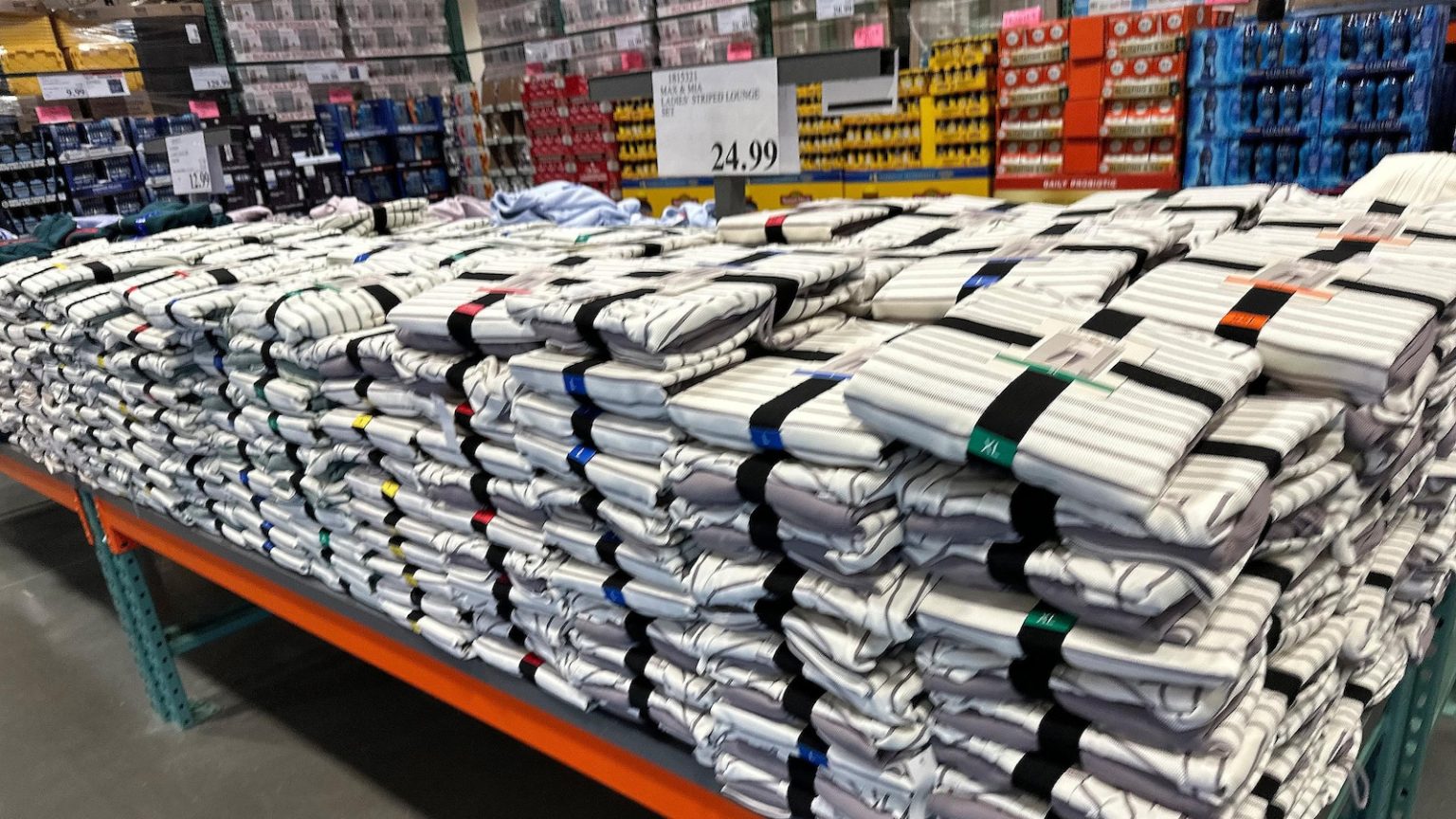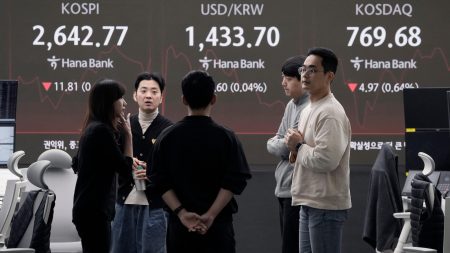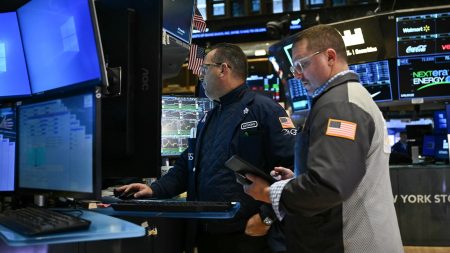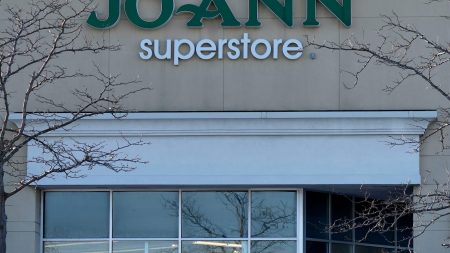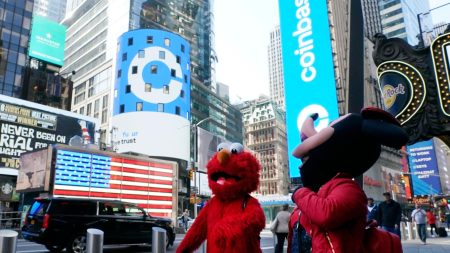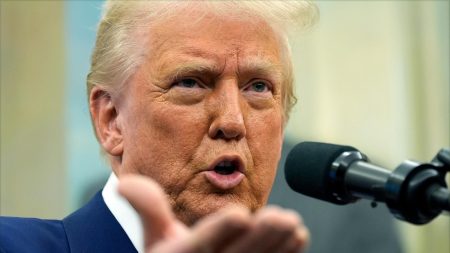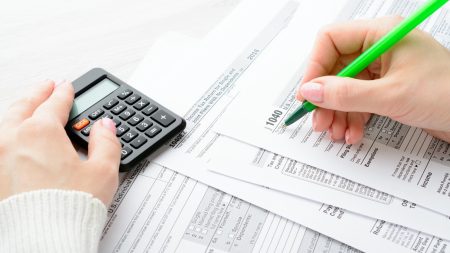U.S. Retail Sales Experience a Sharp Decline Amidst Cold Weather and Economic Uncertainty
A Significant Drop in Retail Sales: What Happened?
In January, U.S. retail sales saw a notable decline, dropping by 0.9% compared to the previous month, according to the Commerce Department. This dip came after two months of strong growth, catching economists off guard as it exceeded their expectations. The drop was the largest since January 2023, signaling potential challenges in the retail sector. The primary culprit behind this decline appears to be the unusually cold weather, which kept many Americans indoors and away from stores. The average temperature in January was the lowest recorded since 1988, as reported by Pantheon Macroeconomics, with the South being particularly affected. Additionally, devastating fires in Los Angeles may have further disrupted spending patterns, contributing to the slump.
The Impact of Cold Weather on Consumer Spending
The frigid temperatures played a significant role in reducing foot traffic in various retail sectors. Auto dealers were hit especially hard, with sales plummeting by 2.8%. Furniture stores, home and garden centers, and even online retail platforms experienced declines, with the latter seeing a 1.9% drop. This suggests that the cold weather not only kept people from visiting physical stores but also dampened their enthusiasm for online shopping. However, not all sectors suffered equally. General merchandise stores, including major retailers like Walmart and Target, saw an increase in sales, as did restaurants and bars. This indicates that while consumers were more selective in their spending, they still chose to allocate their money to essential goods and dining out.
Consumer Confidence Takes a Hit
The drop in retail sales may also reflect a decline in consumer confidence, as evidenced by recent surveys from the Conference Board and the University of Michigan. Despite steady hiring and wage growth, which suggest the economy is still expanding, consumers seem to be growing more cautious. This shift in sentiment could be a response to broader economic uncertainty, including rising inflation and the potential impact of higher interest rates. The Federal Reserve’s efforts to cool the economy through rate hikes may be influencing consumer behavior, as people become more reluctant to spend freely.
The Economy Shows Resilience Amidst Challenges
Despite the decline in retail sales, the U.S. economy continues to show signs of resilience. Last week, the government reported that the unemployment rate fell for the second consecutive month, reaching a low of 4%. This suggests that the labor market remains strong, with employers continuing to hire and wages growing steadily. However, the persistence of inflation poses a challenge, as prices for goods and services continue to rise. The cost of groceries, in particular, increased in January, driven in part by soaring egg prices. These rising costs are likely putting pressure on households, forcing consumers to make tough decisions about how to allocate their budgets.
Inflation and Interest Rates: A Persistent Challenge
Inflation remains a persistent concern, despite the Federal Reserve’s efforts to rein it in through higher interest rates. The cost of groceries saw a significant jump in January, with egg prices being a major contributor to this increase. This upward pressure on prices is likely taking a toll on shoppers, as they face higher costs for essential items. Furthermore, President Donald Trump’s recent tariff threats could exacerbate inflationary pressures. Trump announced plans to impose "reciprocal" tariffs on countries that levy large duties on U.S. goods exports, potentially leading to higher prices for imported goods. The administration has already implemented 10% import taxes on goods from China and has threatened to impose 25% tariffs on all steel and aluminum imports. These measures could further strain consumers and businesses alike.
The Road Ahead: Policy Implications and Economic Outlook
As the U.S. economy navigates this complex landscape, policymakers face the challenge of balancing growth with the need to control inflation. The Federal Reserve’s interest rate policies will likely remain a key factor in shaping the economic outlook in the coming months. While the labor market remains strong, with low unemployment and steady wage growth, the decline in consumer confidence and the persistence of inflation suggest that the economy may be entering a more challenging phase. The impact of President Trump’s tariff policies could add another layer of complexity, potentially leading to higher prices and furtherbelt-tightening by consumers. As the situation unfolds, it will be important to monitor these trends closely to understand their broader implications for the economy and everyday Americans.





